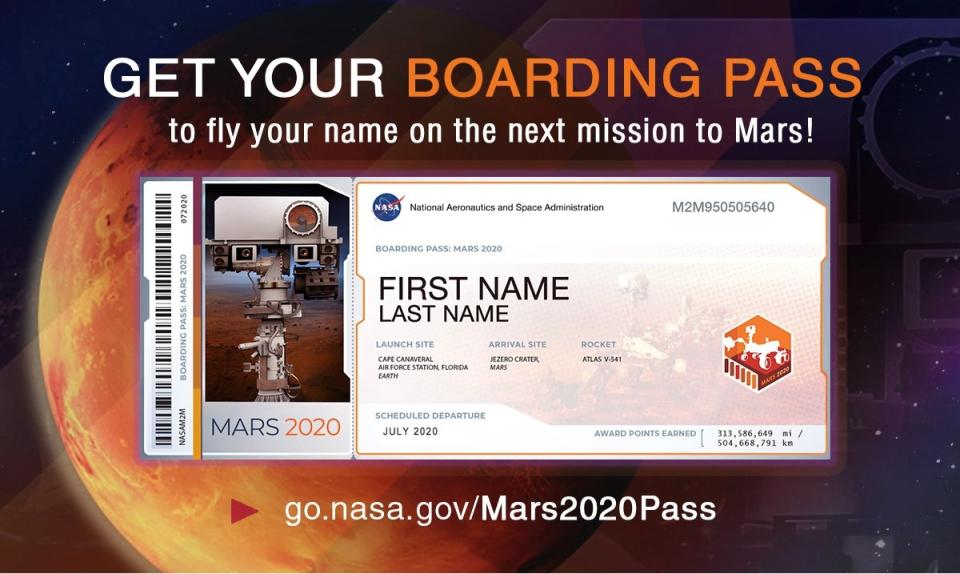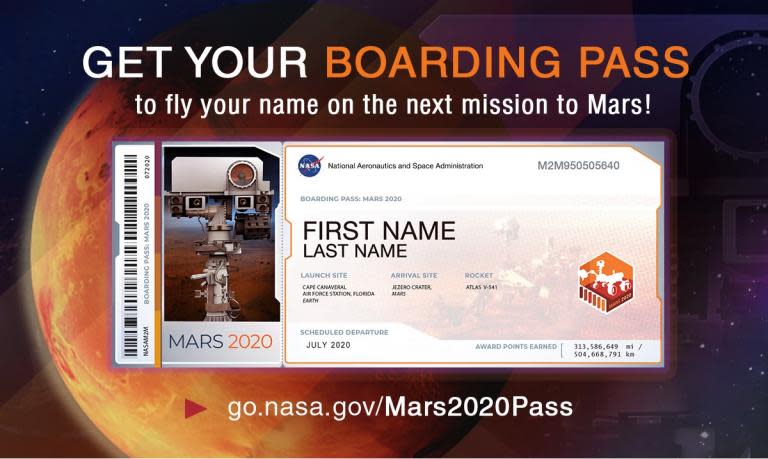NASA name to MARS: How to get your name on the red planet via the 2020 mission
It's safe to say that most of us will never embark on an epic space mission in our lifetimes.
But now NASA is offering people the next best thing - by giving them the chance to send their name to Mars.
The exciting initiative means anyone who submits their name to NASA via their website will have it etched onto a microchip secured to NASA’s Mars rover.
Thomas Zurbuchen, the associate administrator for NASA’s Science Mission Directorate, said: “As we get ready to launch this historic Mars mission, we want everyone to share in this journey of exploration.
“It’s an exciting time for NASA, as we embark on this voyage profound questions about our neighbouring planet, and even the origins of life itself."
Here’s everything you need to know to be in with a chance of (vicariously) going on a mission to Mars:
How do I add my name to NASA’s Mars rover?

First, type your name and location into NASA’s online form. As soon as you submit your details, you’ll be able to download a unique boarding pass to keep as a souvenir.
Once NASA has collected all the names, experts will etch them onto a silicon chip using an electron beam. Each line of text will be just 75 nanometres wide – less than a thousandth the thickness of a human hair.
Don’t worry about not making the cut – NASA can fit more than one million names on a chip the size of a coin. Last year, more than 2.4 million names were etched on two chips that were flown out to Mars on NASA’s InSight lander.
How long do I have to add my name?
Time is of the essence – applicants will have until 30 September 2019 to submit their name.
When does NASA leave for Mars?
Whilst no official launch date has been confirmed, NASA’s rover is due to head to the Red Planet sometime in mid-2020, with touchdown expected in February 2021.
The purpose of this historic mission is to explore an ancient river delta located on the planet. Scientists will be hoping that its geology will contain organic molecules or other traces of microbial life.

 Yahoo News
Yahoo News 


